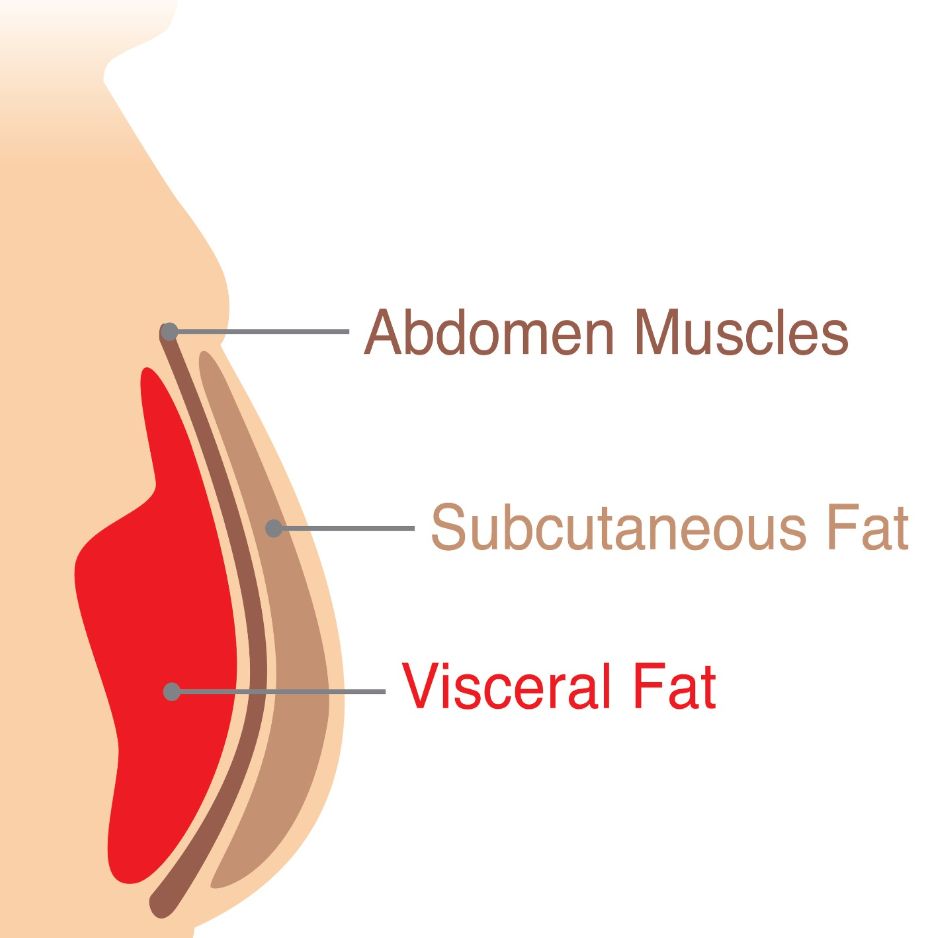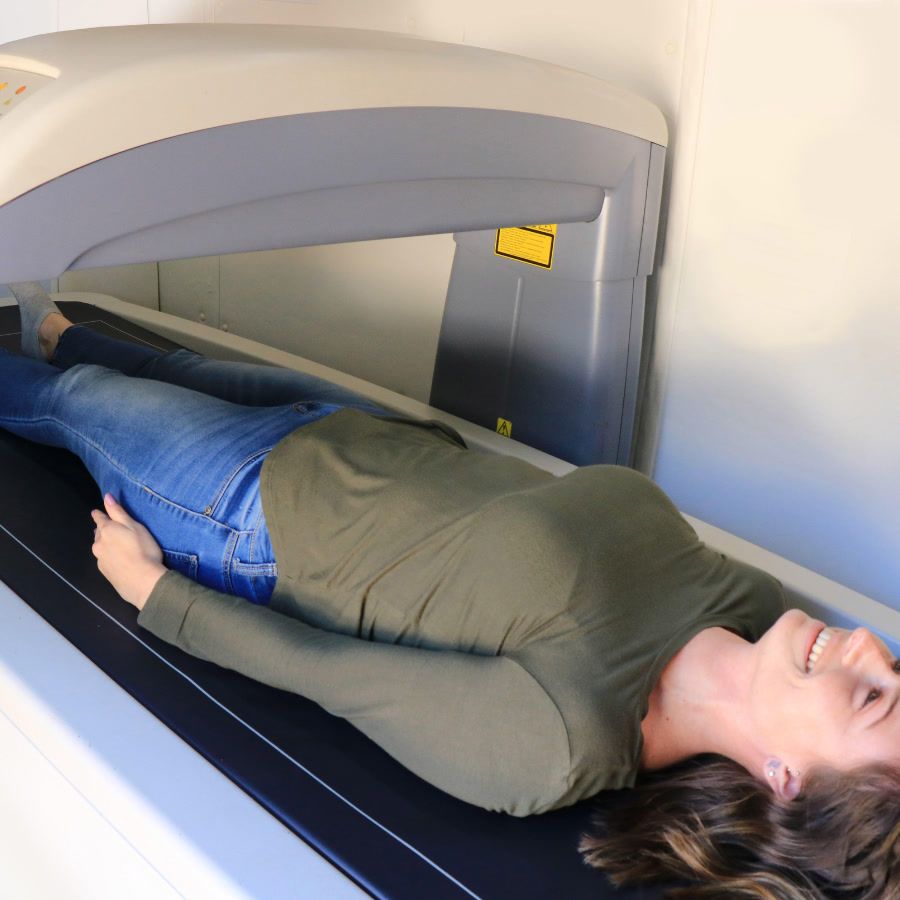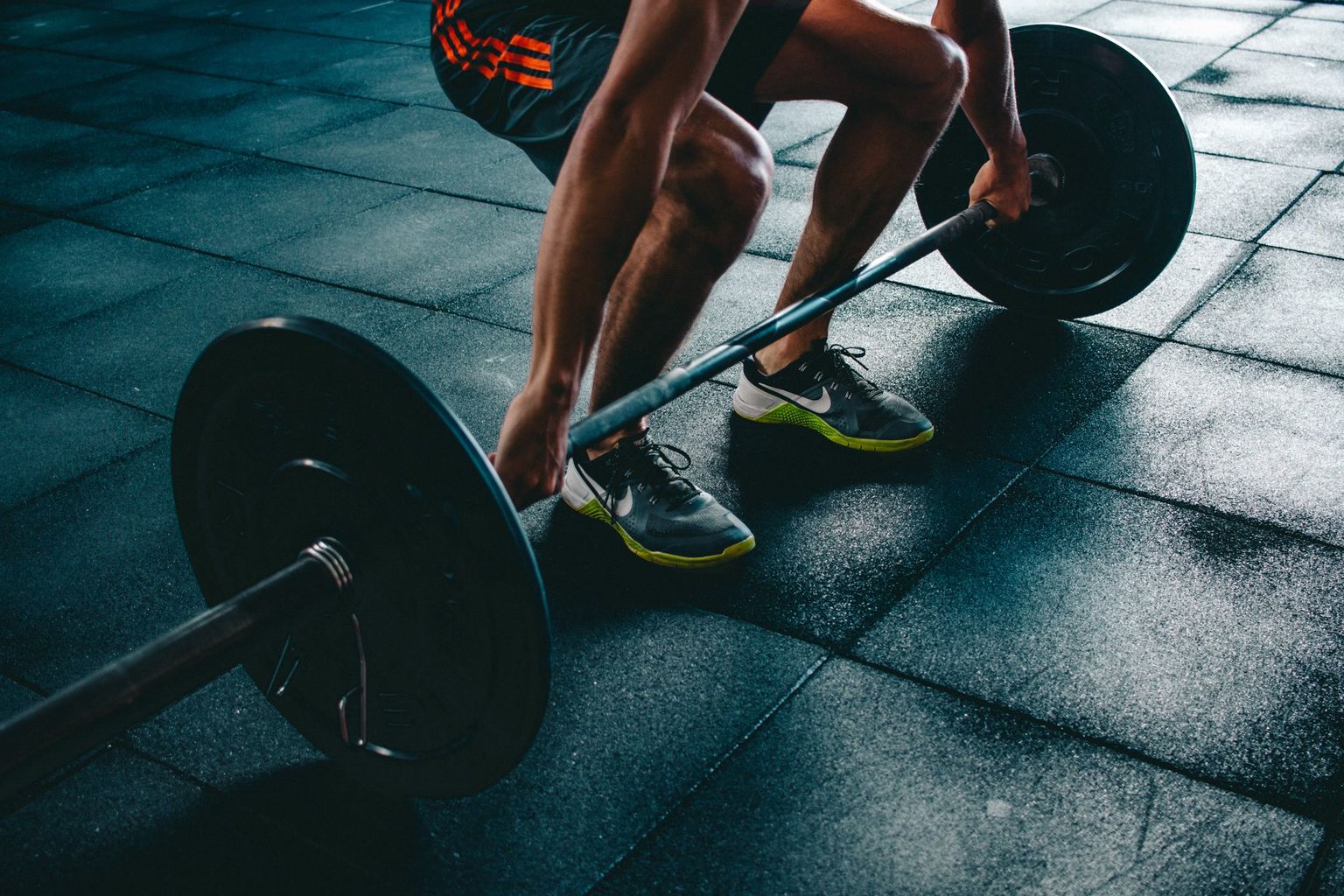The Incredible Benefits of Cold Shock Protein

Cold Shock Proteins: How a Little Chill Can Help Your Cells Thrive
In a nutshell: When your body feels a quick drop in temperature—think cold shower or ice plunge—it flips on special helper molecules called cold shock proteins (CSPs). These proteins protect your brain, tame inflammation, and may even nudge your metabolism in the right direction. Below, we break down the science in plain English and give you step-by-step ways to use cold safely.
Quick Glossary (keep handy!)
- Cold shock protein (CSP) – Emergency “first-aid” protein that pops up in minutes when cells sense cold or other stress.
- YB-1 – A CSP that helps repair DNA and can make certain cancers more resistant to treatment.
- RBM3 �– Brain-focused CSP that shields neurons and supports learning and memory.
- CIRP – CSP that can calm or stir up inflammation depending on where it’s working.
- Lin28 – Developmental CSP that tweaks how your body uses sugar for energy.
- Stress granule – Tiny shelter inside the cell where fragile RNA hides during stress.
- Cryotherapy – Any practice that exposes you to very cold air or water for recovery or health.
Table of Contents
- Cold Shock Proteins 101
- Meet the Main Players
- How Do Cold Shock Proteins Work?
- Key Discoveries
- Potential Health Benefits of Cold Shock Proteins
- Cold-Exposure Made Simple: Protocols & Safety
- What’s Next in Medicine?
- FAQ
- Track Your Progress with BodySpec
Cold Shock Proteins 101
Imagine your cells are tiny homes. When an unexpected cold front blows in, pipes could freeze and burst. Cold shock proteins are the plumbers who rush in to keep things running. First spotted in bacteria, these proteins show up in mammals—including humans—within minutes of a chill.

Besides cold, they also react to other “stress storms” like low oxygen.
Meet the Main Players
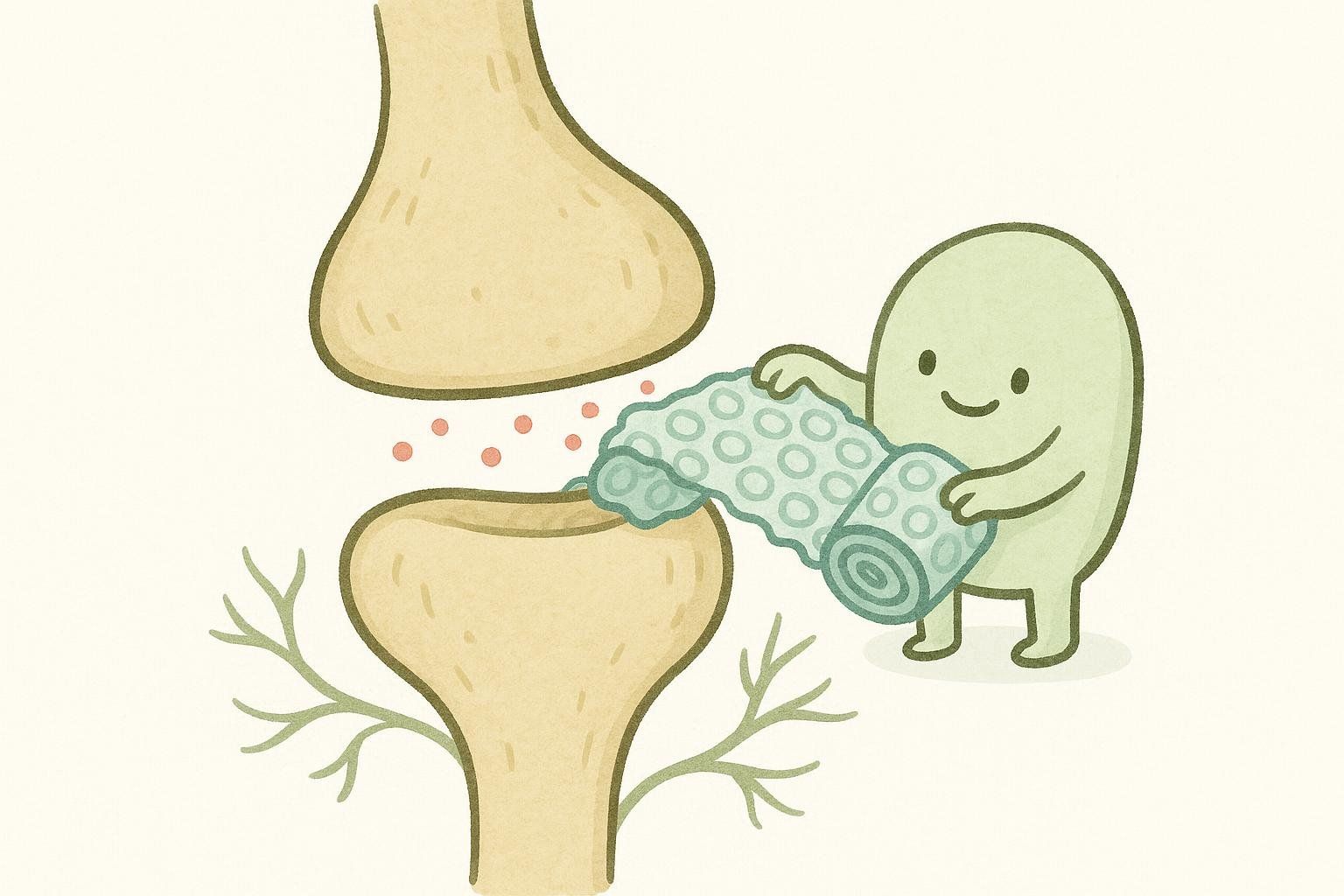
Below is a side-by-side look at four superstar CSPs. Think of it as a baseball card for each protein.
| Protein | What Turns It On | Job Description (Plain English) | Key Finding |
|---|---|---|---|
| YB-1 | DNA damage, low oxygen, cold | Patches up damaged DNA and can make some cancers tougher | High levels often predict poor chemo results in breast cancer |
| RBM3 | Therapeutic hypothermia or significant cold exposure | Acts like bubble-wrap for brain cells, keeping connections strong | Cooling mice boosted RBM3 and saved brain synapses |
| CIRP | Daily temperature dip, gentle cold | Fine-tunes immune signals—can calm or crank up inflammation | Outside the cell, CIRP can worsen sepsis inflammation |
| Lin28 | Growth signals, metabolic stress | Reprograms how cells burn sugar | Over-expressing Lin28 improved insulin sensitivity in mice |
How Do Cold Shock Proteins Work?
- Fast Pop-Up: CSP genes hold a VIP pass to the cell’s protein factory. Even when the cold slows everything else, CSPs get printed in minutes.
- RNA Bodyguards: They stick to fragile RNA strands so they don’t fold the wrong way—kind of like keeping cords untangled.
- Emergency Shelters: CSPs move precious RNA into stress granules, which act like storm bunkers until conditions improve.
- Brain & Metabolism Boosts: RBM3 keeps neuron connections firm; Lin28 shifts the body toward using glucose efficiently.
- Inflammation Dial: CIRP can lower inflammatory noise inside the cell, but if it leaks outside, the volume can crank up. Context matters!
Key Discoveries
- 2015 – Brain Rescue: Cooling-boosted RBM3 rebuilt lost synapses and extended survival in neuro-degeneration models.
- 2023 – Gene Therapy Boost: Increasing RBM3 via viral delivery protected ALS-model mice at normal body temperature.
- 2013 – CIRP as an Alarm Bell: CIRP acts like a “danger signal” when it escapes cells, fueling severe inflammation.
- 2011 – Sugar Switch: Lin28 re-routes sugar processing, hinting at diabetes therapies.
Potential Health Benefits of Cold Shock Proteins
Potential for Sharper Brain & Mood
A recent systematic review on cold-water exposure notes that practitioners often report mental clarity, but the link to RBM3 activation is still hypothetical and needs more human data.

Calmer Inflammation
Short, controlled cold exposure may keep CIRP working inside cells where it soothes—not fuels—immune fire (overview of CSP mechanisms).
Metabolism & Body Composition
Alongside brown-fat activation, CSPs like Lin28 can improve how your body uses glucose. To see if cold is trimming visceral fat, book a BodySpec DEXA scan.
Supporting Cellular Health
Cold exposure engages several cell-maintenance pathways, and researchers have observed activation of energy-sensing proteins such as AMPK and sirtuin-1 during cold-induced thermogenesis (Wang 2021). CSPs may amplify that broader defense system.
Cold-Exposure Made Simple: Protocols & Safety
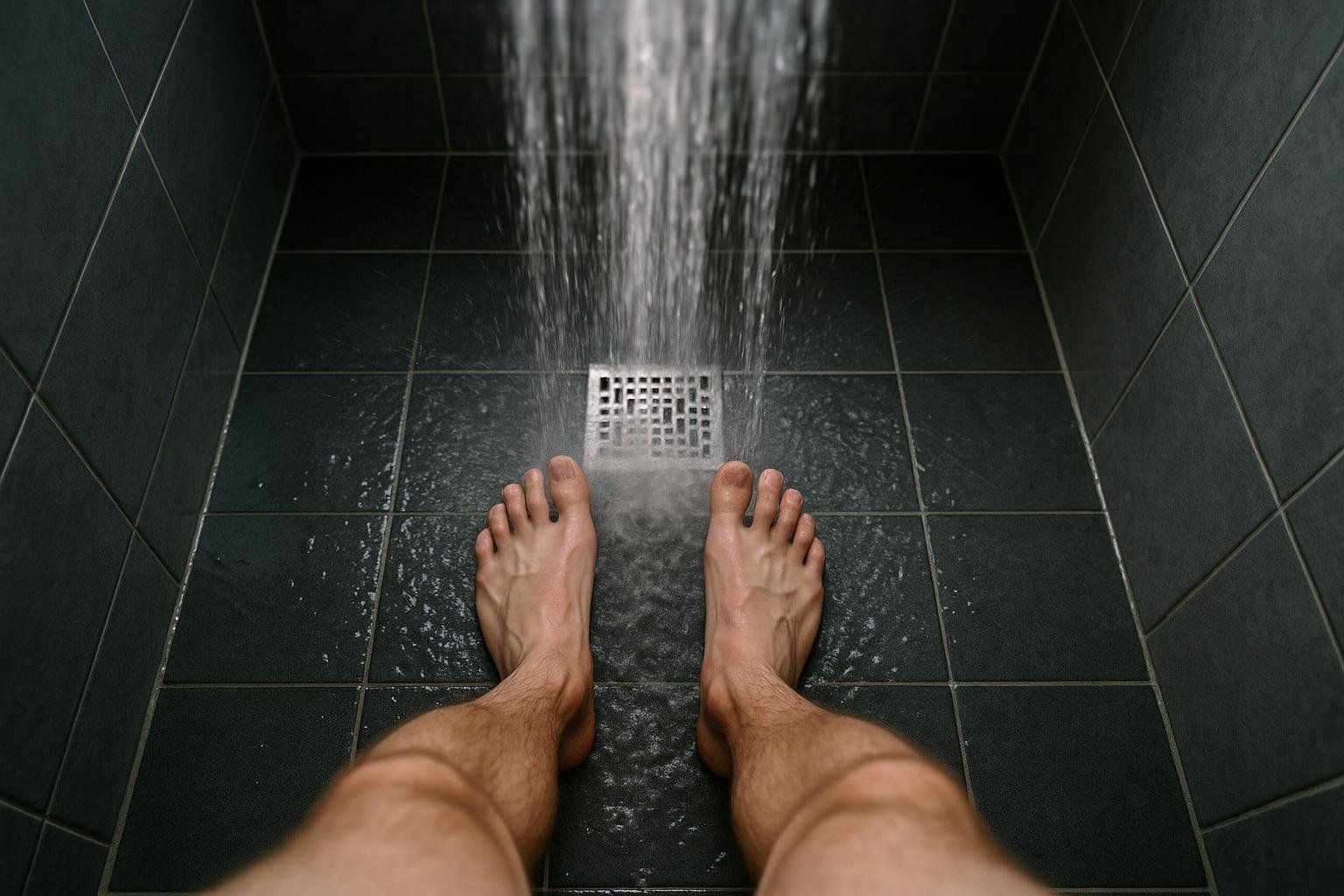
| Method | Water/Air Temp | Time | Weekly Frequency | Focus / Goal | Safety Must-Dos |
|---|---|---|---|---|---|
| Cold shower | 50–60 °F (10–15 °C) | Start at 30 s, build to 3 min | 3–5× | Alertness & Mood | Breathe steady, no breath-holds |
| Ice bath | 39–55 °F (4–13 °C) | 2–10 min | 2–3× | Recovery & Resilience | Exit if shivering is intense |
| Cryotherapy chamber | −166 °F (−110 °C) air | 2–3 min | 1–3× | Inflammation Control | Dry socks & gloves, keep moving |
Need a deeper dive? Check out our article on cold showers and fat loss.
Red-Flag Contraindications
- Uncontrolled heart issues
- Raynaud’s disease or severe circulation problems
- Pregnancy (consult your OB-GYN)
Always warm up gradually afterward—think light movement plus a hot drink.
What’s Next in Medicine?
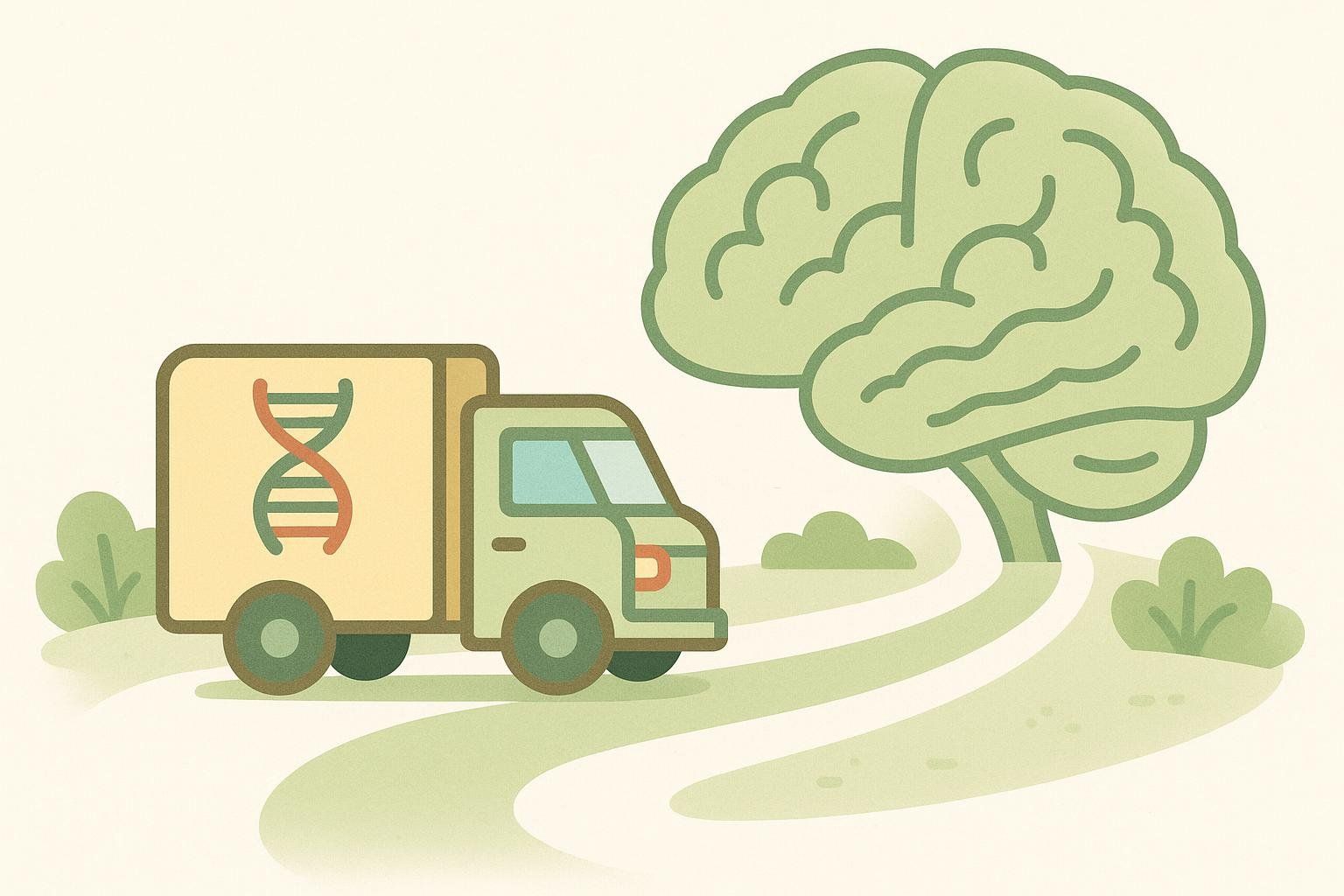
- Gene Therapy: Labs are testing viral “delivery trucks” that raise RBM3 in the brain without cooling. Human studies remain a future possibility once safety and regulatory hurdles are cleared.
- Blood Tests: Scientists hope quick tests for CIRP or RBM3 will help spot concussions or severe infections faster.
- Drug Discovery: Tiny molecules that tweak YB-1 or CIRP are being explored for cancer and inflammation.
- Regulation Watch: Any gene-editing of CSPs will need long-term safety data before FDA or EMA approval.
FAQ
How long do CSP levels stay up after a cold plunge?
Animal work shows CSP spikes can last 2–6 h in mice (Peretti 2015). Limited human data from the systematic review suggest RBM3 may rise within an hour after immersion and taper off later in the day (Espeland 2022).
Do women respond differently?
Imaging studies indicate women may have slightly more active brown fat (Cypess 2009), but current data suggest RBM3 increases are similar regardless of sex.
Should I pair sauna and cold?
Yes—alternating heat and cold may train both heat-shock and cold-shock proteins. Finish with cold if recovery is your main goal.
Is ice-bath weight loss just water?
No. Regular cold can raise calorie burn through non-shivering thermogenesis, but diet still drives most fat loss.
Track Your Progress with BodySpec
A 6-minute DEXA scan shows fat mass, lean mass, bone health, and the visceral fat most tied to metabolic risk. Scan every 3–4 months to see if your cold-exposure habit is actually moving the needle.
References
- Lindquist JA, Mertens PR (2018). “Cold-shock proteins: from cellular mechanisms to pathophysiology.” Cell Communication and Signaling, 16:63. https://biosignaling.biomedcentral.com/articles/10.1186/s12964-018-0274-6
- Zhu H et al. (2011). “The Lin28/let-7 axis regulates glucose metabolism.” Cell, 147:81-94. https://pubmed.ncbi.nlm.nih.gov/21962509/
- Qiang X et al. (2013). “Cold-inducible RNA-binding protein triggers inflammatory responses in hemorrhagic shock and sepsis.” Nature Medicine, 19:1489-1495. https://pubmed.ncbi.nlm.nih.gov/24097189/
- Peretti D et al. (2015). “RBM3 mediates structural plasticity and protective effects of cooling in neurodegeneration.” Nature, 518:236-239. https://pubmed.ncbi.nlm.nih.gov/25607368/
- Rana PS et al. (2021). “YB-1 Is a Major Contributor to Health Disparities in Triple-Negative Breast Cancer.” Cancers, 13:6262. https://www.mdpi.com/2072-6694/13/24/6262
- University of Cambridge (2023). “Gene therapy approach to boost ‘cold shock protein’ in the brain without cooling protects mice against ALS.” Press release. https://www.cam.ac.uk/research/news/gene-therapy-approach-to-boost-cold-shock-protein-in-the-brain-without-cooling-protects-mice-against
- Espeland D et al. (2022). “Health effects of voluntary exposure to cold water – A systematic review.” International Journal of Circumpolar Health, 81:2111789. https://www.tandfonline.com/doi/full/10.1080/22423982.2022.2111789
- Cypess AM et al. (2009). “Identification and importance of brown adipose tissue in adult humans.” N Engl J Med, 360:1509-1517. https://www.nejm.org/doi/full/10.1056/NEJMoa0810780
- Wang Q et al. (2021). “The new role of AMP-activated protein kinase in brown fat thermogenesis.” Biomolecules, 11(12):1757. https://www.mdpi.com/2218-273X/11/12/1757
